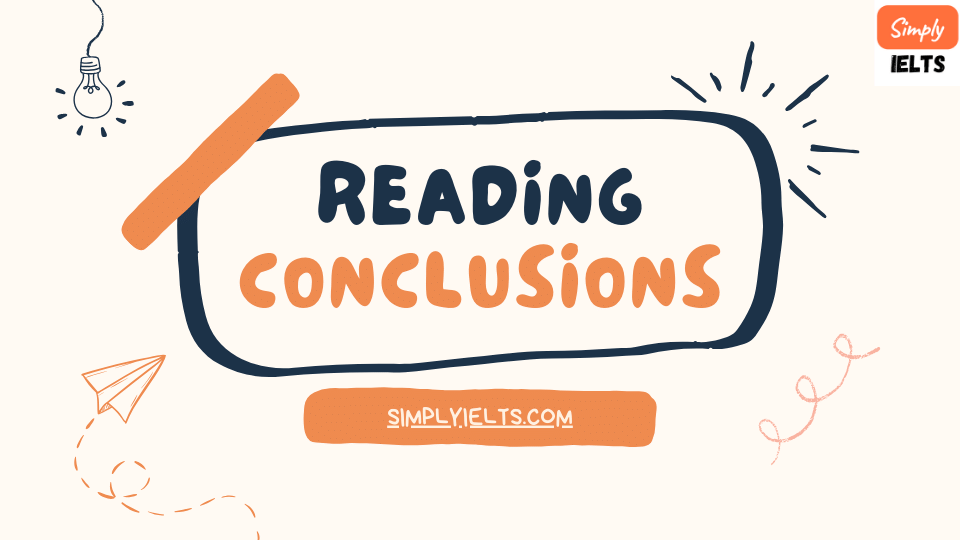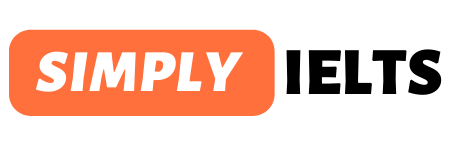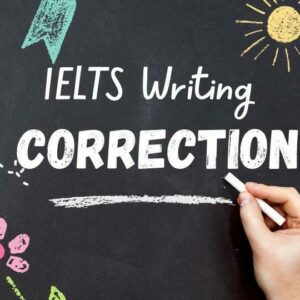
Cracking the Code: Inference and Drawing Conclusions in Reading
The IELTS Reading exam challenges you to go beyond the surface level of a text. This week, we’ll delve into the world of inference and drawing conclusions, equipping you with detective skills to unlock deeper meaning and achieve a high IELTS band score.
Inference: Reading Between the Lines
Imagine yourself as a detective investigating a crime scene – the text. The author might not explicitly state everything, but they leave clues scattered throughout the passage. Inference is the art of using these clues, along with your background knowledge, to decipher unstated information and understand the underlying meaning.
Types of Inferences:
- Inferences about Characters: The author might describe a character’s actions, words, or even their surroundings. Use these clues to infer their personality, motivations, or emotional state.
- Example: The man slammed the door shut and stormed out, muttering about a ruined weekend. (Inference: The man is likely angry and frustrated.)
- Inferences about Events: The text might not explicitly state the cause or effect of an event. Look for clues within the passage to infer what happened before or what might happen next.
- Example: The once bustling city center was eerily quiet, with shops boarded up and streets deserted. (Inference: A significant event, possibly a disaster, has impacted the city.)
- Inferences about the Author’s Purpose: Why did the author write this passage? Consider the tone, language choices, and evidence presented to infer the author’s main objective – to inform, persuade, entertain, or perhaps something else entirely.
- Example: The article highlights the devastating effects of climate change, using statistics and scientific evidence. (Inference: The author’s purpose is likely to inform and raise awareness about climate change.)
Drawing Conclusions: Connecting the Dots
Drawing conclusions goes a step further than inference. It involves analyzing all the information gathered through inference, along with your own knowledge and experience, to form a logical judgment about the text as a whole.
- Example: Based on the character’s constant nervous glances and fidgeting, coupled with the mention of an upcoming deadline, we can conclude that the character is feeling anxious and stressed.
Sharpening Your Inference and Conclusion Skills for IELTS
Here are some tips to excel in the IELTS Reading section:
- Active Reading: Don’t just skim the text. Read actively, highlighting key details and making connections between them.
- Look for Transition Words: Words like “therefore,” “however,” or “in conclusion” can signal a shift in ideas and help you draw connections between sentences.
- Consider the Context: Think about the overall topic and genre of the passage. This broader context helps you make sense of the information presented.
- Practice Makes Perfect: Regularly analyze passages, inferring unstated information and drawing logical conclusions. This will sharpen your detective skills for the IELTS Reading exam.
Remember:
Mastering inference and conclusion skills empowers you to become a more critical reader, unlocking deeper meaning within the text and achieving a high band score in your IELTS Reading exam. Stay tuned for next week, where we’ll explore the fascinating world of figurative language and how it adds color and depth to your reading experience!





Responses